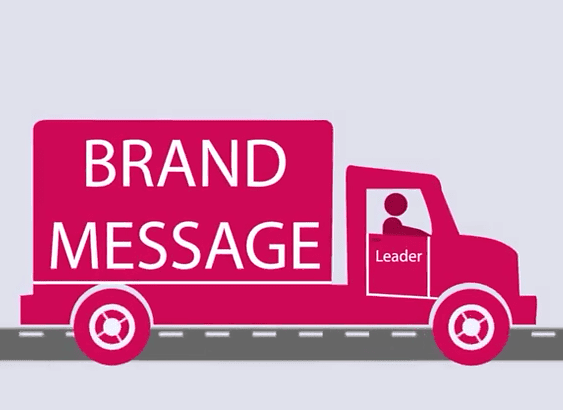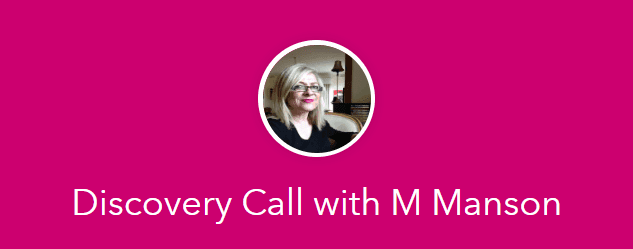 Ready, set, go! Strategy finally ready, after months of deliberation. Budgets set in concrete. Managers and employees, in a cascading trickle, given targets and KPIs. And they are off… Now it’s about implementation.
Ready, set, go! Strategy finally ready, after months of deliberation. Budgets set in concrete. Managers and employees, in a cascading trickle, given targets and KPIs. And they are off… Now it’s about implementation.
Here is the thing! Having a Strategy is not enough. As per the Darwinist Law: to win, every business needs a Competitive Advantage and agility to continually adapt.
But how can a business adapt quickly and effectively if the employees are not engaged? Or worse, actively disengaged?
Actively disengaged employees erode an organization’s bottom line, breaking the spirits of colleagues in the process. Did you know that the average ratio of engaged to actively disengaged employees is near 2:1? Recent Gallup research estimates the cost to the bottom line to be more than $300 billion in lost productivity within the U.S. workforce alone. In contrast, organizations that have built a culture-based model for leading the workforce have an engagement ratio of more than 9:1.
The question begs: WHY are employees not more engaged? After all they spend one third of their lives at work.
It’s a matter of perspective. Some employees no doubt think they are engaged because they are focused on their routine tasks. But they may be not willing to change anything to find new ways to add value. Others are not informed enough to know what or how to change things. But most are just not inspired by the Leaders.
What you need as a Manager and a Leader is to uncover six hidden resources every viable business inherently has to unleash competitive potential for better productivity and strategic improvement and innovation.
1. Vision
Truism: If you don’t know where you are going every road will get you there. The question is: where!
The value of a bigger picture shared with employees cannot be underestimated. The story goes that when JFK visited NASA in 1964, he met a janitor and asked him about his work. The janitor said “I am helping put a man on the moon.” What would you like your employees to say about their role in your organisation?
Revisit your Vision for the company or for your Business Unit. Can it inspire your people? Can it be shared externally to inspire customers, partners and general public?
2. Mission
Truism: If you don’t stand for something, you will fall for anything.
Again, many corporate Mission Statements are big on statement and small on Mission. Mission is a single proposition. A business can only have one Competitive Advantage. Mission is the unwavering path – a map for the entire organisation – to stay on course to leverage its resources effectively to complete the Mission… over and over again and build efficiencies in the process. Attend our Blueprint Briefing to find out how to design a winning Mission Statement.
3. Unrelenting Communication
Truism: Communication is a two way street.
One problem with strategy in most organisations, in addition to strategy being short-term, i.e. more like a sales campaign than a strategy, is the ‘ownership’. Strategy is inevitably owned by a select few and is communicated on a ‘need to know’ basis. Therefore, it is rigid and static, because without the full picture, most employees are not able to improve their input.
Sakichi Toyoda, founder of Toyota and ‘Toyota Way’, liked to tell his co-workers: “Open the window; it is a big world out there”. Communicate the strategy consistently and frequently. Reiteration!
4. Leader as a Coach
Truism: Manager’s role is to manage people and processes.
This is a new trend, but its importance is going to escalate. Who likes to be told all the answers? The Y-Gen in particular likes to discover things for themselves. But if you want them to discover the right things faster, you as a Leader and Manager, need to become a Coach, who guides and helps people discover the best in themselves.
Have you ever seen a winning Team without a good coach? In the future, Coaches will not be reserved for senior managers. Some of the most innovative and successful organisations, have internal Coaches for the employees. But before this happens, the basic role of a Manager-Coach is to explain what the company is trying to achieve and encourage people to think about improvement using ‘Freedom within framework’ approach.
5. Internal Brand Evangelism
Truism: Our Sales people know our brand/business proposition.
Before the new management of Apple allow the uniqueness of the brand to blur, let’s remember Steve Jobs as the ‘idol’ Leader. He created ‘personality’ of the brand through personal communication. He evangelised the Non-Negotiable Principles of product design, personally launched every product and ad campaign. His principles evangelised the Brand as much internally as externally. How much volume do you think 35,000+ employees can add to the corporate message? A lot of brand noise!
How many sales people does your organisation have? How many more can it add through the entire informed and inspired workforce?
6. Purposeful Employee Networks
Truism: Our employees have clearly defined role, and know what they need to be doing.
No one person and no one organisation today has all the knowledge and resources to get things done fast enough or competitively enough – ALONE. Humans naturally gravitate towards people whom they understand best, and that’s people who think in the same way and share the same knowledge. Unfortunately organisations are designed in a similar functional manner. There are borders with guards, guard dogs and passport controls. No? Just about!
Imagine, how many capabilities, knowledge, ideas and energy, not to mention, budgets, are hidden in those silos? Leaders can unleash this potential in formal and informal way. But the first step is to encourage your people to talk to everybody in the organisation and find out what they are doing, how and why?
Try these ideas for your Department, Business Unit or the entire Organisation. Wow! You will be unleashing pure excitement.
Let me know!
 InnoFuture provides innovative business culture transformation services to progressive, Small-Medium organisations. You can request an appointment for a Free Consultation online Blueprint for Productivity or contact Margaret Manson on 0407 661 130 to find out how we can help your organisation be more focused, more differentiating and more competitive.
InnoFuture provides innovative business culture transformation services to progressive, Small-Medium organisations. You can request an appointment for a Free Consultation online Blueprint for Productivity or contact Margaret Manson on 0407 661 130 to find out how we can help your organisation be more focused, more differentiating and more competitive.


